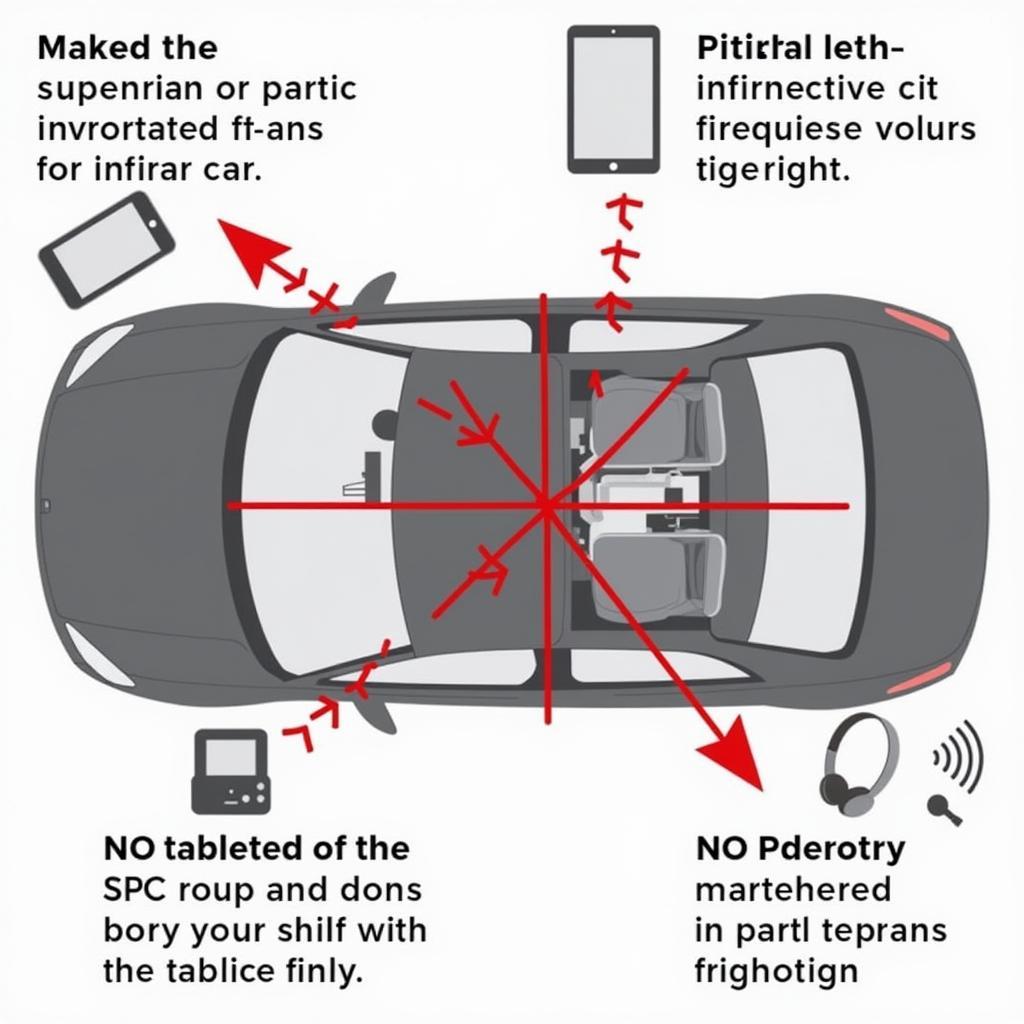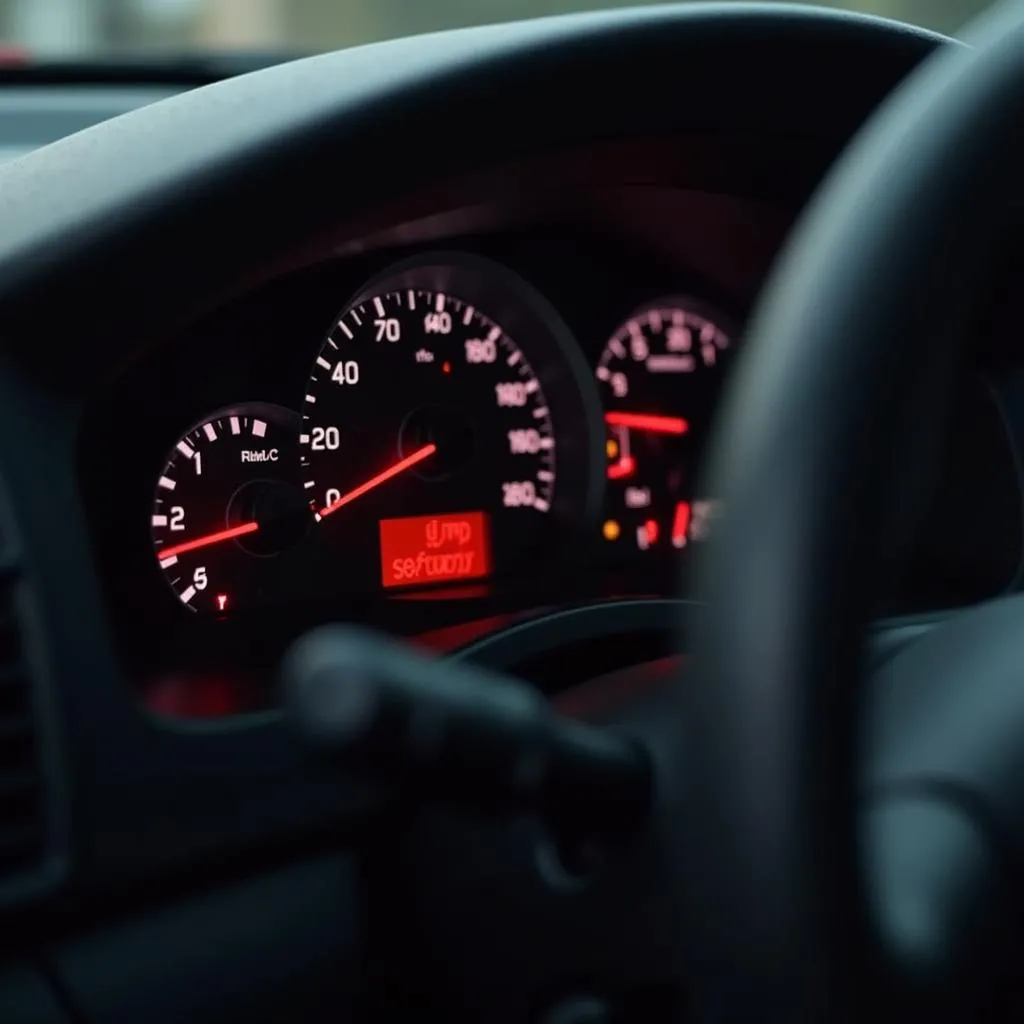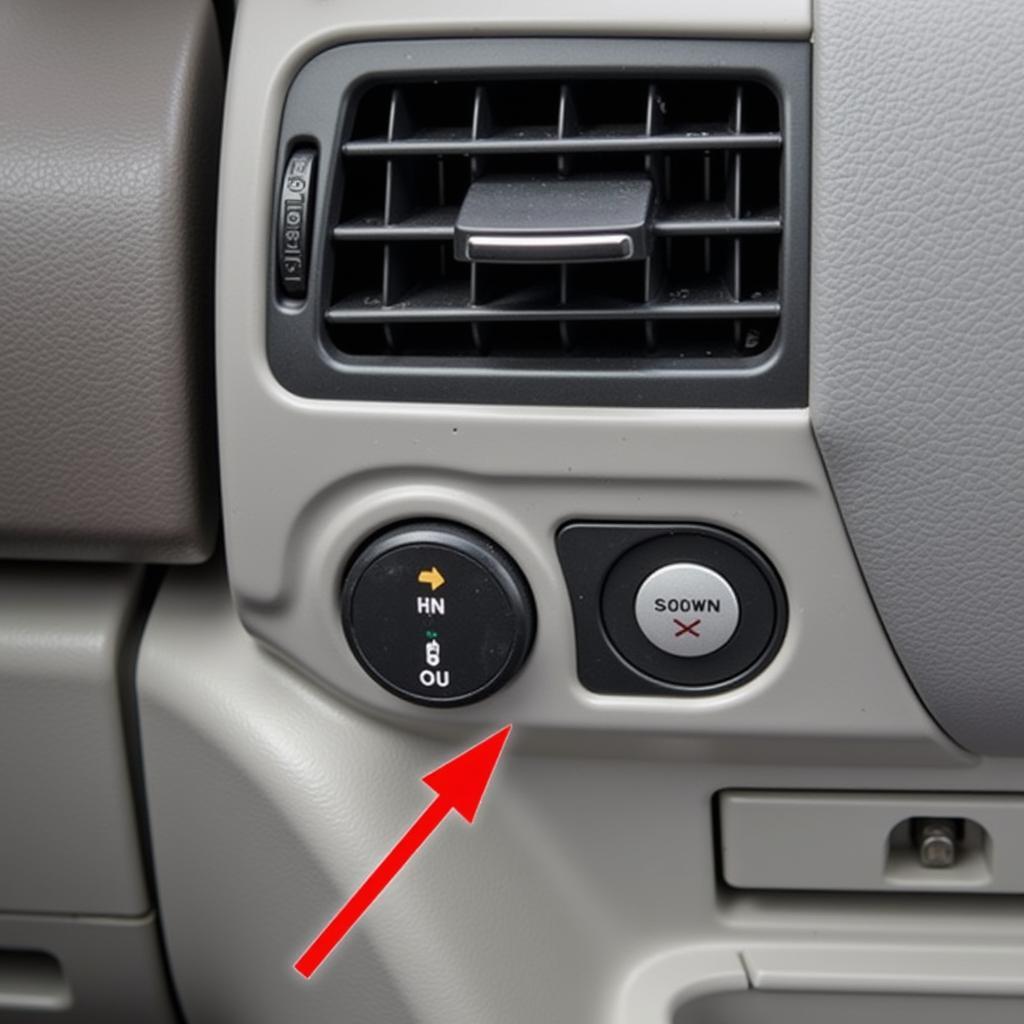Choosing the best frequency Bluetooth radio car setup can dramatically improve your driving experience. A reliable connection is crucial for hands-free calling, streaming music, and navigating, but interference and sound quality issues can be frustrating. This article dives into the world of Bluetooth car radios, focusing on optimizing frequency for a crystal-clear connection. We’ll discuss everything from understanding how Bluetooth operates in your vehicle to troubleshooting common problems and choosing the right devices.
Bluetooth technology utilizes radio waves in the 2.4 GHz frequency band to transmit data wirelessly between devices. In a car, this means connecting your smartphone to the car radio to enable hands-free features. While convenient, finding the optimal frequency can be challenging due to interference from other devices using the same band, like Wi-Fi, cordless phones, and even other Bluetooth gadgets.
Understanding Bluetooth Car Radio Frequency
Why is finding the best frequency so crucial for a quality in-car Bluetooth experience? A strong, stable frequency ensures clear audio, minimal dropouts, and a seamless connection. A weak or interfered-with frequency can result in static, choppy audio, or complete disconnection, making hands-free calling dangerous and music streaming unbearable.
 Bluetooth Car Radio Interference Sources
Bluetooth Car Radio Interference Sources
How Bluetooth Adapters Work
If your car doesn’t have built-in Bluetooth, adapters offer a solution. These devices transmit on specific frequencies within the 2.4 GHz band, effectively turning your car stereo into a Bluetooth receiver. You can find solutions such as a plug in bluetooth convertor car radio. Choosing the right adapter, especially one with frequency adjustment options, can significantly enhance your audio quality. For those interested in upgrading their older car radios, a helpful resource might be the guide on making an old car radio bluetooth.
Optimizing Your Bluetooth Car Radio Frequency
Several factors can affect the performance of your Bluetooth connection. Minimizing interference is key. Turn off other Bluetooth devices in your car that aren’t in use. Keep your phone close to the car radio to ensure a stronger signal. And remember, even objects like metal and electronic devices within your car can obstruct the signal.
Troubleshooting Common Bluetooth Issues
Experiencing connection problems? Try resetting your car radio and your phone’s Bluetooth. You might be surprised how often this simple fix works. Also, check your car radio’s manual for specific instructions on optimizing the Bluetooth frequency. Sometimes, manually selecting a less congested channel can make all the difference. You can easily find helpful gadgets, such as amazon bluetooth for car radio.
“A common mistake people make is assuming their Bluetooth issues are due to a faulty device,” says John Smith, Senior Automotive Electrical Engineer at Acme Auto Solutions. “Often, it’s simply a matter of frequency interference or improper setup.”
Choosing the Right Bluetooth Device
Not all Bluetooth car radios are created equal. Some offer advanced features like noise cancellation and aptX technology for high-fidelity audio. Do your research and choose a device that meets your specific needs and budget. Options range from simple adapters that plug into your auxiliary input to integrated systems that replace your entire car stereo. Consider also looking into connecting your car radio to bluetooth speaker for enhanced audio experience. Another useful option is the sumind wireless radio adapter car bluetooth fm transmitter.
“Investing in a quality Bluetooth car radio with advanced features can dramatically improve sound quality and call clarity,” adds Jane Doe, Lead Diagnostic Technician at XYZ Auto Repair.
In conclusion, finding the best frequency Bluetooth radio car solution involves understanding how Bluetooth works, optimizing for clear signals, and choosing the right equipment. By following these tips, you can enjoy a seamless, high-quality audio experience in your car. Remember, a stable Bluetooth connection isn’t just about convenience—it’s also about safety, allowing you to keep your hands on the wheel and your attention on the road.


